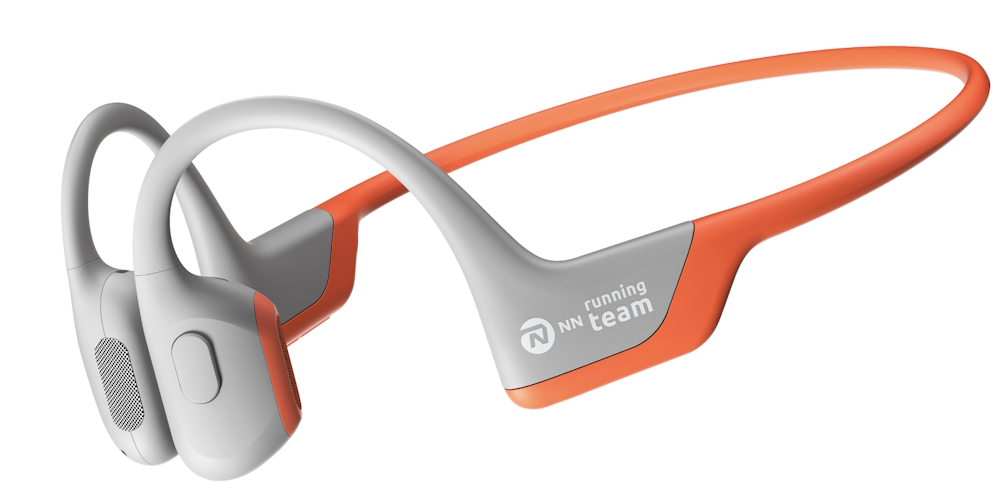Eliud Kipchoge signs with Shokz as global ambassador
- Written by The Times

Shokz, the consumer electronics brand, known for its open-ear headphones and technology, have today announced the current, two-time Olympic marathon champion, Eliud Kipchoge, as a global ambassador. As part of the partnership, Kipchoge and Shokz will jointly launch co-branded products.
39-year-old Kipchoge is widely regarded as one of the greatest marathon runners ever, having run four of the 10 fastest marathons in history, as well as having 11 World Marathon Major wins to his name.The Kenyan phenomenon, who in 2019 became the first person ever to run a sub-two-hour marathon, is bidding to rewrite the history books again this year, in an attempt to become the first athlete ever to win three consecutive Olympic marathon titles.His mantra: ‘No Human is Limited’ shows parallels with his illustrious career, inspiring everyone to break their limitations. Aligning with Shokz’ vision, “Be Open to Greatness”, Kipchoge joins forces with the world’s leading open-ear headphone brand to help both himself and his fellow ‘NN Running Team’ through their training regimes as they head towards this year’s Paris Olympic Games.
On his partnership with Shokz, Kipchoge said: ‘When I first encountered these headphones, I found them to be very useful for my training and so I had to introduce them to our NN Running team. We’re a team that trains incredibly hard and these headphones give us the opportunity to enjoy music and be aware of our surroundings even for our longest workouts.”
Daisy Cong, International Marketing Director, said of the partnership: “We couldn’t be happier to bring Eliud Kipchoge on as a global ambassador. He is recognised worldwide as one of the greatest athletes of all time and it is an honour to have him join the team. We can’t wait to help him forge his name in history once again at this year’s Olympic Games”.
As part of the collaboration, Kipchoge will launch a limited edition version of Shokz’ flagship product, the OpenRun Pro, which features a grey and orange colourway, while the globally renowned ‘NN Running Team’ logo is also engraved on the headphones. The colour inspiration for this product comes from the signature colours of Kipchoge's NN Running Team - the vibrant orange, which ignites a love for sports, and grey that represents resilience and the challenge of pushing athletic boundaries, hoping to inspire every sports enthusiast. On 27th June, this product will be available in limited quantities of 5000 units on the Shokz website across the world. For more details, please visit
https://shokz.com.au/pages/shokz-athletes-eliud-kipchoge.
Shokz is the world’s leading pioneer in Open-Ear technology, with all users enjoying an open-ear listening experience. Using Bone Conduction Technology or DirectPitch™ Technology, Shokz headphones transmit sound to your ears without obstructing them. They are designed to let you enjoy your music and podcasts without compromising on safety and comfort. Shokz headphones are available in various models, such as the OpenRun Pro, the OpenFit and the OpenSwim, to suit different needs and preferences.
To learn more about Shokz and its products, visit shokz.com.au/
Shokz audio products deliver premium stereo sound and the safety and comfort of an open-ear design to consumers worldwide. Shokz offers their patented open-ear technology to improve situational awareness and keep users connected to their surroundings. Since 2011, Shokz has used its proprietary technologies and signature open-ear design for endurance, lifestyle, and communication audio products, priced for everyday use. Learn more about the brand that inspires users to #beopen at shokz.com.au/.Eliud’s limited-edition OpenRun Pro headphones are now available to purchase online at Shokz.com.au.


















